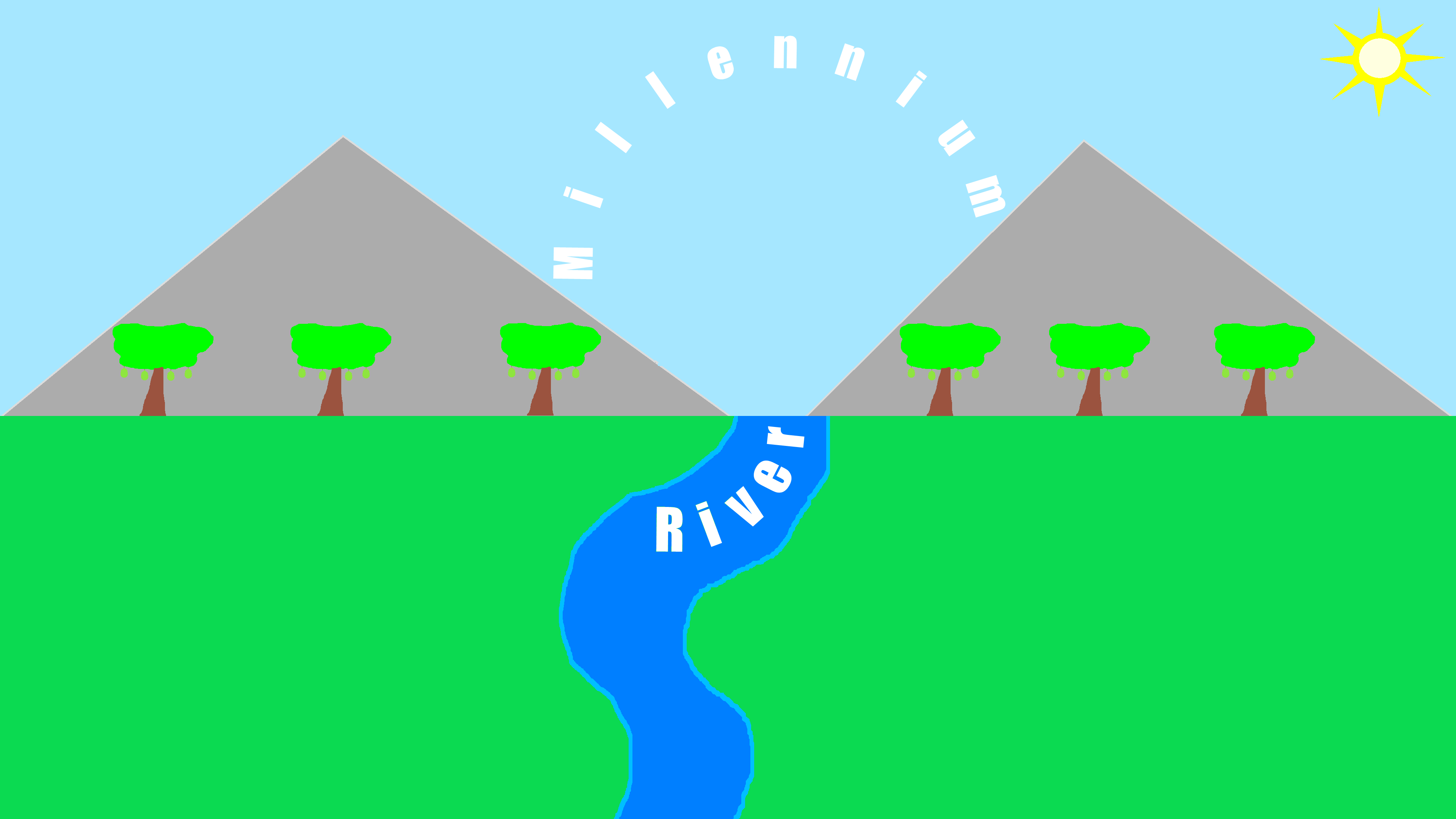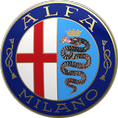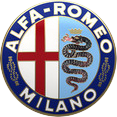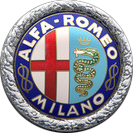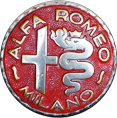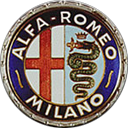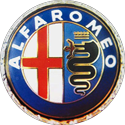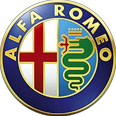Disclosure: Millennium River is an independent website that uses hyperlinks. Some of these links are affiliate links. When you click and purchase a product(s) through these links, I may earn a commission on qualifying sales. This is done at no extra expense to you. You may also support this website via PayPal. Unless it is clearly stated, the content is not sponsored.
What I Believe
Back in the days, pre-2006 that is, there were 9 planets: Mercury, Venus, Earth, Mars, Jupiter, Saturn, Uranus, Neptune and Pluto. In August 2006, Pluto was demoted to something called a “dwarf planet”. In my view, I still see Pluto as a planet. Nevertheless, according to the book of officials, there are 8 planets. Out of all these planets, there is only one that is teeming with life: Earth. What about the others? Do they have life, too? No, I do not think there is life on other planets besides Earth. Why? Because all the other planets are either too close or too far from the sun, lack water, and other forms of protection. As a result, this makes them severely hot or cold, and not to mention how inhospitable their terrains are. Planets like Uranus cannot even be landed on due to its gas composition. Venus would be like entering a volcano with intense pressure and fumes, enough to kill you in a matter of seconds.
What Science Says
Science has discovered icy crusts on certain planets or their moons, which leads to the possibility of there being an ocean beneath their crusts. Keyword: possibility, meaning that it is all, but confirmed. Even with Jupiter’s moon Europa, scientists are still not 100% certain about whether or not the geysers are even legitimately geysers. If they are, they believe that there must be an ocean beneath its surface. The only problem is proving it. At best, only simple organisms such as single celled microbes have been allegedly found on Mars. More on that later in this post.
The Basics Needs of Living Things
While the modern human requires quite a bit of things to survive and thrive in an urban environment, they too, like all other forms of life, require five vital things: sunlight, water, air, nutrition, and an appropriate habitat.
Sunlight
The sun plays an extremely important role in the sustenance of life. Without it, Earth would be a lifeless planet of ice crusts — a similar scenario to the other planets. The sun prevents massive ice crusts from forming across the entire planet, warms the oceans, moves the atmosphere, generates weather and seasons, and allows plants to grow, which provide food and oxygen for Earth’s lifeforms.
Water
All organisms on Earth are composed of water. The human body for example, is between 50-75% water. Not only is water crucial for biological functions, but it also serves as a habitat for many plants and animals such as fish, whales, and seaweed.
Air
Animals need oxygen to breathe. An element that is either absent, or extremely minimal on other planets. Earth’s atmosphere is composed of 78% nitrogen, 21% oxygen, 1% argon, and the rest is trace amounts of carbon dioxide, neon, helium, methane, krypton, hydrogen, nitrous oxide, xenon, ozone, iodine, carbon monoxide, and ammonia.
Nutrition
All animals are heterotrophs. This means that they are incapable of producing their own food. They are dependent on the intake of nutrition from other organic sources, be it another animal or plant. Even autotrophs such as plants, require nutrients to survive and serve as food or shelter for the heterotrophs that feed or live on them. Nutrition is needed to function biologically: move, grow, cellular repair, reproduce, and other functions.
Shelter/Habitat
All living organisms need a shelter or environment to live in. Their habitats must be able to provide safety, and be of the correct temperature to survive. A tropical saltwater fish for instance, needs to be in an aquatic environment that is not only consistently warm, but also of the right salinity. The modern, urban-dwelling human, requires a safe, clean shelter to not only house their belongings, but also serve as a place to keep them safe from extreme weather and rest.
How Hard Could Life Be In Another World?
Life would not be easy or hard on another planet; it is straight up impossible. I will discuss the extreme conditions of the other planets that prohibit life from living on them.
Mercury
It has been an extremely long time since I have revisited the topic of planets. Therefore, I was under the impression that with Mercury being so close to the sun, it would naturally be the hottest planet. False. It is actually Venus that is the hottest. Similarly to Venus and Mars, Mercury has a rocky, solid, cratered surface, making it a terrestrial planet. Now what makes Mercury uninhabitable? It does not have an atmosphere, rather it has an exosphere; a thin atmosphere-like volume that surrounds a planet. This means that there is no protection from intense solar radiation. The weather is also extreme with daylight temperatures going up to 430°C, while nighttime temperatures can plunge down to -180°C. Breathability? Mercury’s exosphere is made mostly of oxygen, sodium, hydrogen, helium and potassium. Some sources say that oxygen is actually almost non-existent on the planet. Either way, Mercurian air is too thin to breathe.
Venus
Venus differs from other planets, in that rather than having an extremely thin or non-existent atmosphere, it has a thick atmosphere. It is largely made up of carbon dioxide. Venus’ atmosphere traps heat in a runaway greenhouse effect, resulting in making it the hottest planet in the solar system. Here, the surface temperature is 430°C — hot enough to melt lead. If you were to come as you are to Venus, you be crushed by the extreme air pressure, suffocate from the carbon dioxide, be scorched from the heat, and be dissolved by the acid. Indeed a morbid mental image. Living a Venusian life is impossible.
Mars
The fourth planet from the sun. It is often called the red planet, due to the iron minerals that oxidize or rust in Martian soil, attributing to its red-orange appearance. This planet is one of the most explored places (in terms of equipment sent there). It is also the only one that had rovers sent there to roam and gather details about the Martian landscape. However, there are two major obstacles preventing life from living on Mars: too cold and unbreathable. The average Martian temperature is -60°C, while temperatures near the poles can plunge down to an even lower -125°C. Near the equator, temperatures can reach 20°C during summer, but then they can consequently dive down to -73°C at night. As for the atmosphere, it is virtually non-existent. Since the Martian atmosphere is so thin, it cannot retain heat. And speaking of atmosphere, it is 95% carbon monoxide and less than 1% oxygen, rendering it impossible to get a breath of fresh Martian air. There has been some talks and theories about how we could make Mars a more breathable place. I personally do not believe that there will ever be a way to breathe on Mars. We have not been able to figure out how to even get humans to safely land there, yet alone get creative with whatever ice or vapors Mars has to offer.
As promised from earlier, I would touch on the discovery of life on Mars. According to an article that took place this month, fossilized bacteria was found in a meteorite from Mars. But what about Mars itself? What the articles do not mention, is whether or not the meteorite could have been contaminated from Earth. To date, life has never been found on Mars proper, despite all the speculations and theories about it possibly once being a lush, supportive planet long ago.
Jupiter
The fifth and largest planet in our solar system. It is so big, that using the basketball and grape analogy, Earth is the grape and Jupiter is the basketball. Unlike basketballs, Jupiter is not a solid sphere. Jupiter, like Uranus and Neptune, does not have a solid surface which is also why we have not been able to get space probes to land there. The planet is made almost entirely of hydrogen and helium. As for temperature, Jupiter averages -145°C. Attempting to live on Jupiter would result in being suffocated, crushed from atmospheric pressure and frozen. A rather similar scenario to Venus, only with severe cold and no acid.
Saturn
The sixth planet and also the second largest planet within our solar system. Saturn’s signature feature is its large, beautiful rings. These rings make it stand out from all the other planets. Similarly to Jupiter, Saturn is also almost entirely made of hydrogen. 94% hydrogen, 6% helium and traces of other gases. This of course, means that it is impossible to set a foot on the planet, without sinking in, freezing and getting destroyed. Speaking of freezing, the average temperature of Saturn is -178 °Celsius. Saturnian living is impossible.
Uranus
The seventh planet from the Sun. In like manner to Jupiter and Saturn, Uranus is also largely made up of hydrogen and helium, but also has one major difference: methane. The methane scatters blue light, contributing to Uranus’ pale blue appearance. The lack of a solid surface, average temperature of -214 °C, and no oxygen means life is impossible on Uranus. I should also mention that because this planet rotates on its side, its north pole gets 21 years of nighttime in winter, 21 years of daytime in summer, and 42 years of day and night in the spring and fall. Not something anything on Earth would ever get used to.
Neptune
Neptune is the eighth and furthest planet from the sun. Despite being further from the sun than Uranus, it oddly happens to have an average temperature of -214 °C just like it. Some sources do state the average is actually -220 °C. Either way, it is not terribly off and both are severely cold. Unlike Uranus which consists of 83% hydrogen, 15% helium and 2% methane, Neptune is 80% Hydrogen, 19% Helium, and 1.5% Methane. This explains why Neptune is a darker blue than its close counterpart Uranus. Aside from being extremely cold and having a poisonous atmospheric composition, Neptune has two other major problems that will forever stop anyone from becoming a Neptunian: Firstly, it has no solid surface to land on, meaning that you would sink into its 5000°C core. That is, if you somehow managed to go deep enough without being crushed and frozen from the surface. Secondly, winds push clouds of frozen methane across the planet at speeds of more than 2,000 km/h. The most powerful winds on Earth only top 400 km/h. This effectively means that winds are five times more powerful on Neptune than they are on Earth. This makes Earth’s hurricanes and tornadoes look like a child blowing out candles on their birthday cake.
Honourable Mention: Pluto
Do you remember the days when Pluto was our 9th planet? I do. For anybody that does not know why it lost its planetary status, it is because the International Astronomical Union (IAU) officialized the definition of what a planet qualifies as:
1. A planet is a celestial body that is in orbit around the Sun.
2. Has sufficient mass for its self-gravity to overcome rigid body forces so that it assumes a hydrostatic equilibrium (nearly round) shape
3. Has cleared the neighbourhood around its orbit.
Pluto meets all, but the third requirement, thus resulting in its dwarf planet status. Now Pluto, as with Mercury, Venus, Earth and Mars does happen to have a solid surface. Is it liveable? No. Its distance from the sun results in a temperature range of -223 °C to -233 °C. It also lacks an atmosphere majority of the time, making cosmic radiation a threat. Even when an extremely thin atmosphere periodically forms, it is comprised mostly of nitrogen, methane and carbon monoxide, making it impossible to get a breath of fresh Plutonian air.
Confined To Earth Forever
The summary for all of this? The other celestial bodies are either too cold, too hot, have intoxicating atmospheres that offer no protection from cosmic radiation, have little if any oxygen, and majority of them have atmospheric pressure that is far too hard on living things. That said, if the other planets were to become hospitable, money were no boundary, and technology made it possible to visit planets quickly and safely, what would be the first planet you would like to explore? Comment and let me know. I suspect that most people would choose Mars. Perhaps Venus or Mercury might be a surprising first choice?
